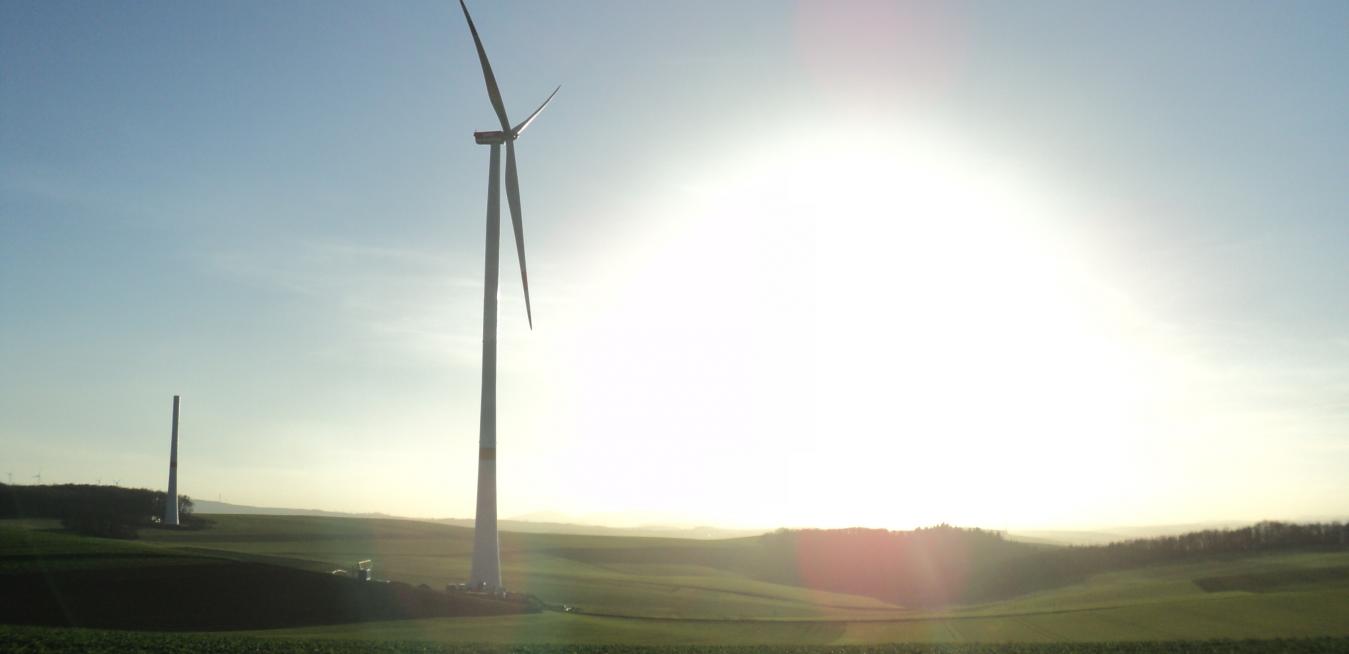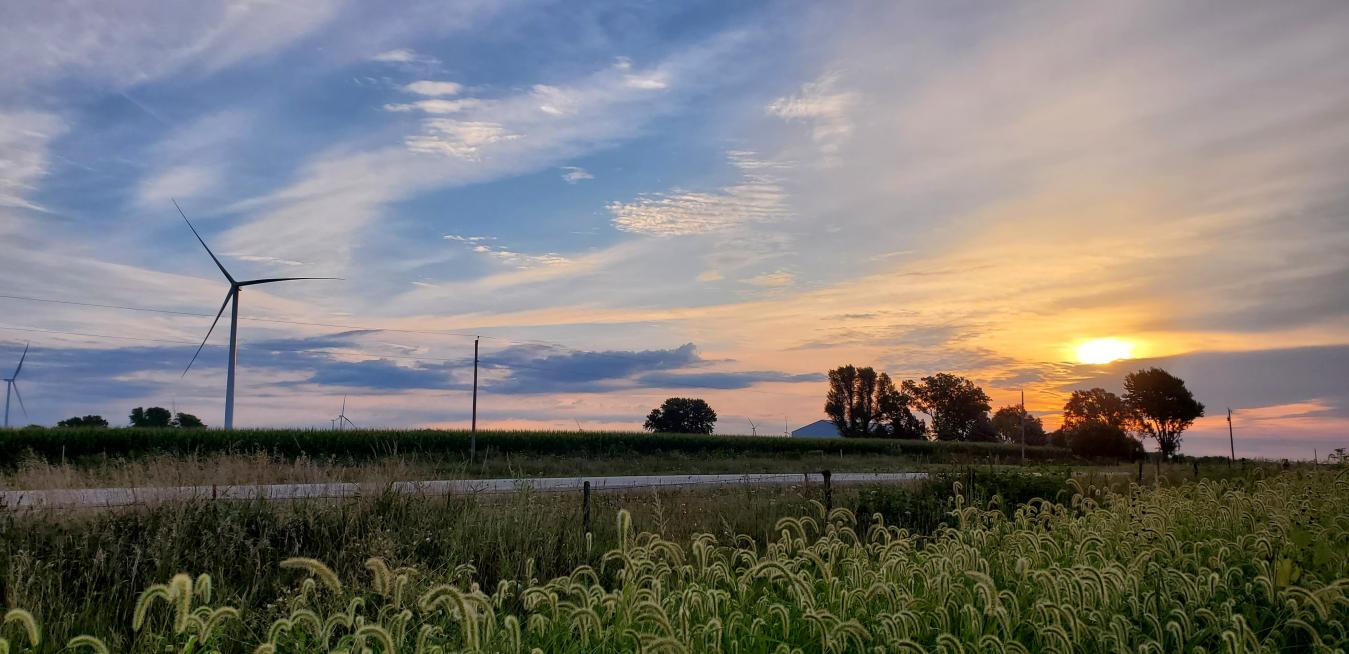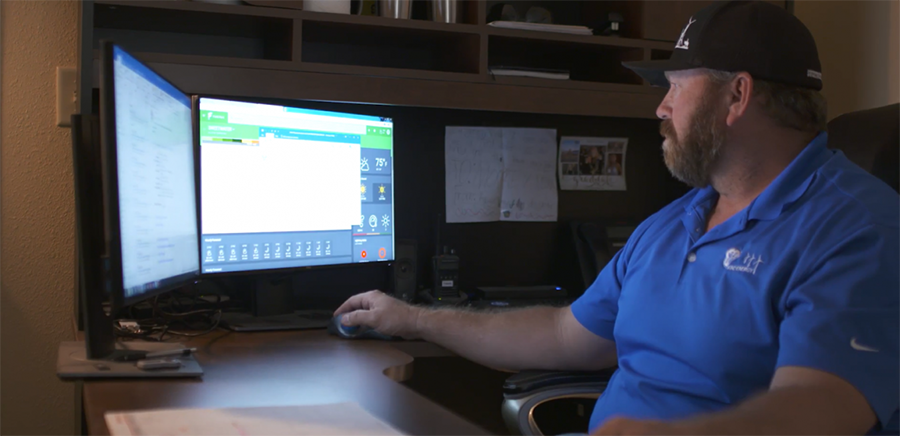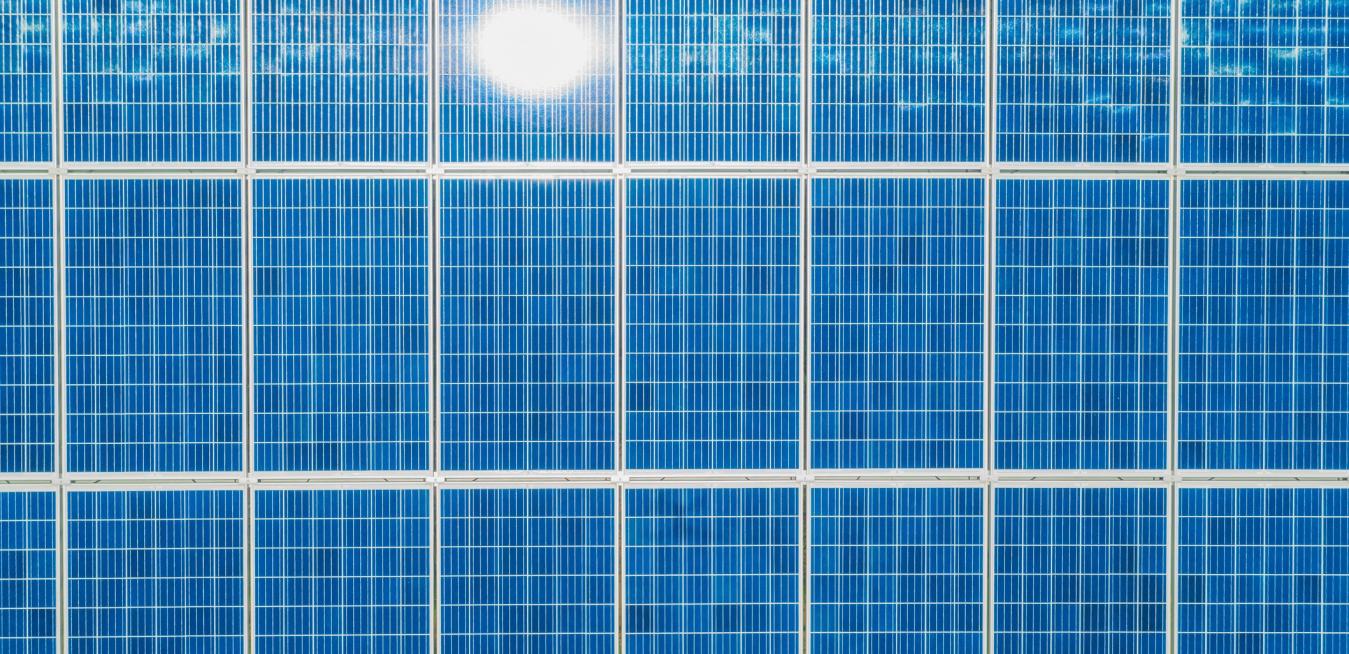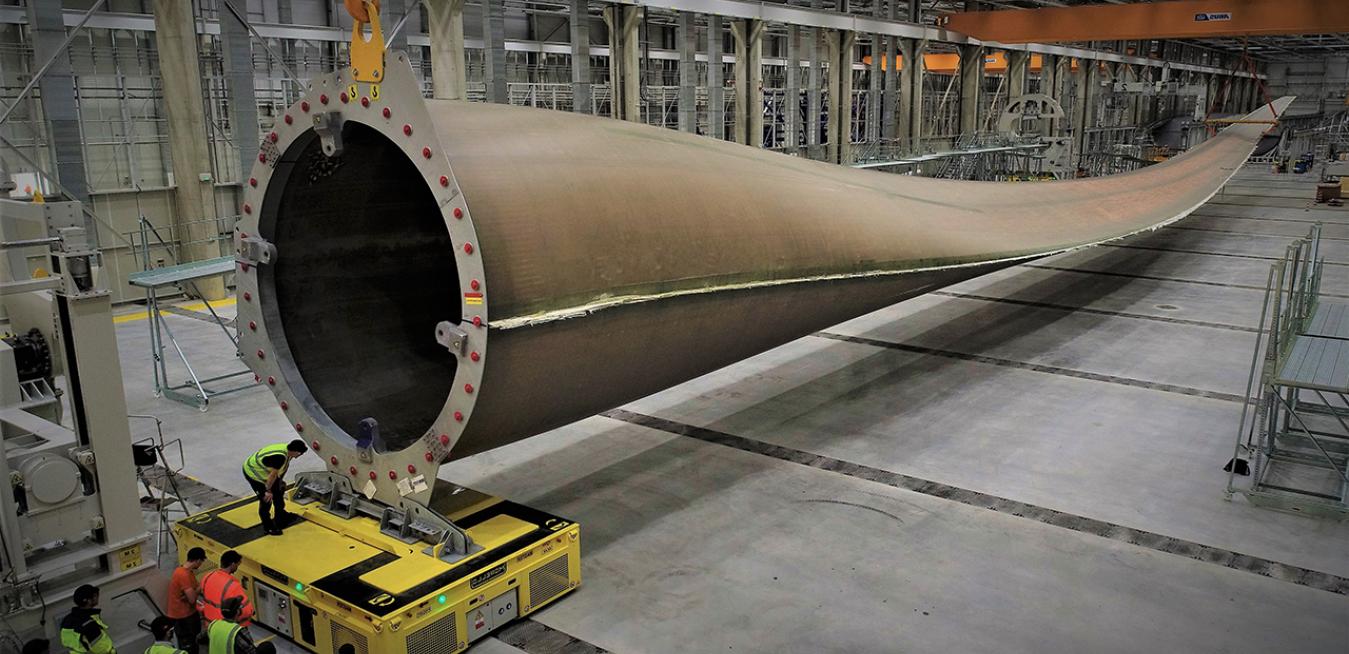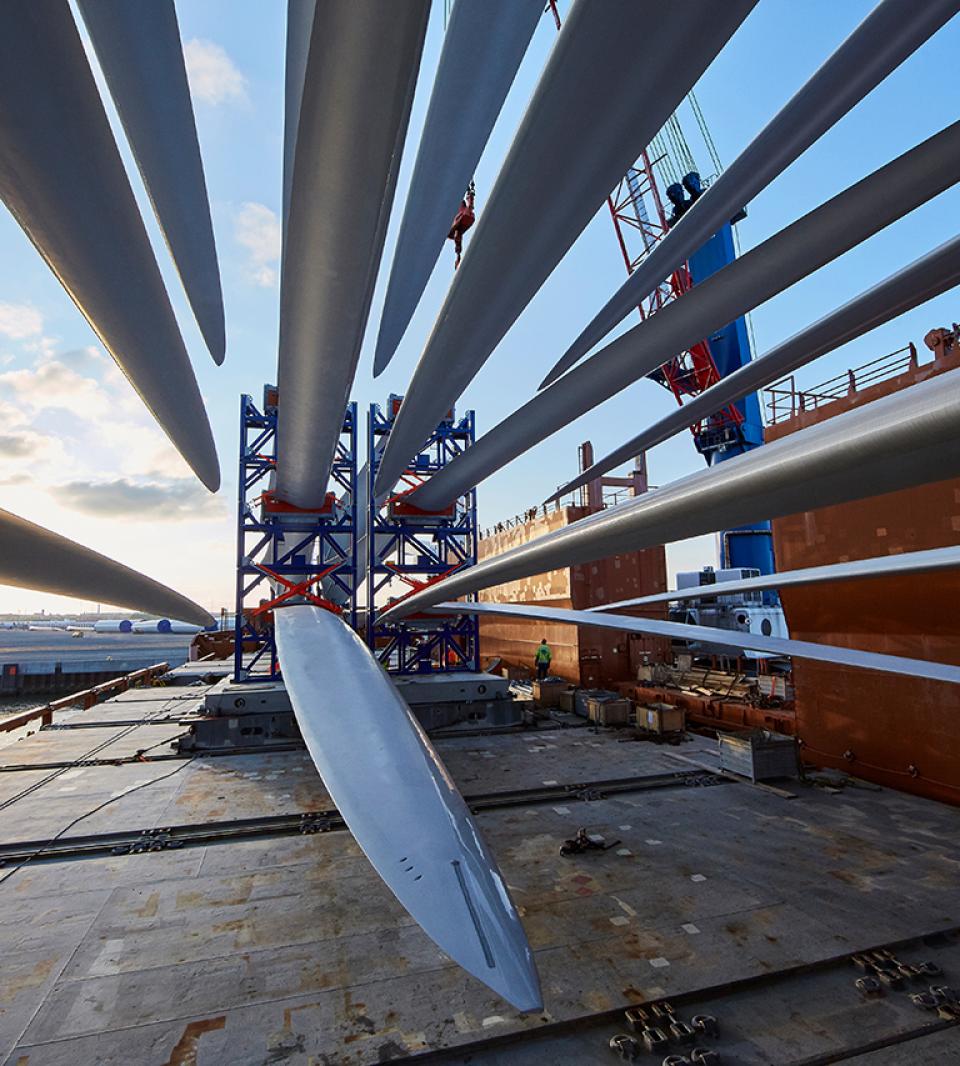Wind power is a fast-growing source of renewable energy, but that doesn’t mean the industry isn’t trying to lower its carbon footprint. One way involves purging emissions from the wind turbine’s entire life cycle, whether that’s raw material sourcing, manufacturing processes or the transportation of the components to the wind farm.
Having grown up in the shadow of the majestic Matterhorn in southern Switzerland — and summiting its pointy peak last year — Alex Schwery is not easily intimidated by the sight of a big mountain. But one cold day in the mid-2000s, he found himself standing in a cramped Alpine valley and he was practically trembling.
Australia’s grid is at a crossroads. The country has relied on coal to generate its power for decades, but those fossil-fueled plants are set to be retired over the next 20 years. As coal bows out, Australia plans to build 26 to 50 gigawatts (GW)of wind and solar power, roughly the same as South Africa’s total installed capacity, to fill some of the void.
Oklahoma, which led the U.S. in oil extraction during most of the first third of the 20th century, is in the process of becoming one of the leaders in a new energy revolution. Where oil derricks once dotted the state’s flat, wind-swept landscape, and wildcatters and big companies alike made their fortunes, giant blades now spin, harnessing the nearly limitless power of moving air rather than fossil fuels below the ground.
If you regularly drive long distances, it’s good practice to pop your car’s hood every few months for a thorough inspection of the engine, transmission, radiator, pumps and brakes. But if you’re only clocking up to a few dozen miles per month from the weekly supermarket run, you may be able to take a raincheck on that quarterly checkup.
2020 marked the 75th anniversary of the end of World War II, the 50th year in which Earth Day was celebrated, a quarter-century since the release of the kids’ movie “Toy Story” and — for good measure — the 2,500th anniversary of the Battle of Thermopylae. GE marked a few significant milestones as well; none featured Buzz Lightyear, but they did involve some pretty cool aviation technology.
Renewable energy has been growing at breakneck speed. By 2040, according to the International Energy Agency, wind and solar are expected to add 74% of net new generation capacity around the world.
A new GE plant in northeast England will make the world’s longest wind turbine blades to date. Measuring 107 meters from tip to root, the blades are a key component of GE’s Haliade-X, the most powerful offshore wind turbine in operation.
For more on GE’s financial performance, click here to subscribe to GE’s investor relations newsletter.
Categories
tags
GE has been 3D printing parts for jet engines and gas turbines. In the recent years, the technology also entered another field: wind power. GE Renewable Energy, together with leading research centers, national labs and key industrial partners, has been testing such new manufacturing technologies and materials on large components like wind turbine towers 3D-printed from concrete — and more recently, blades.
